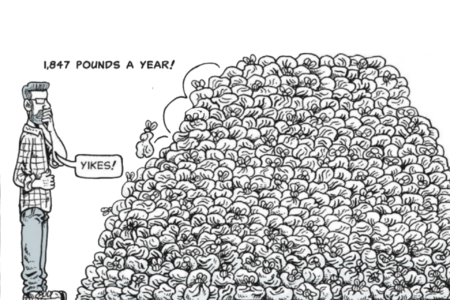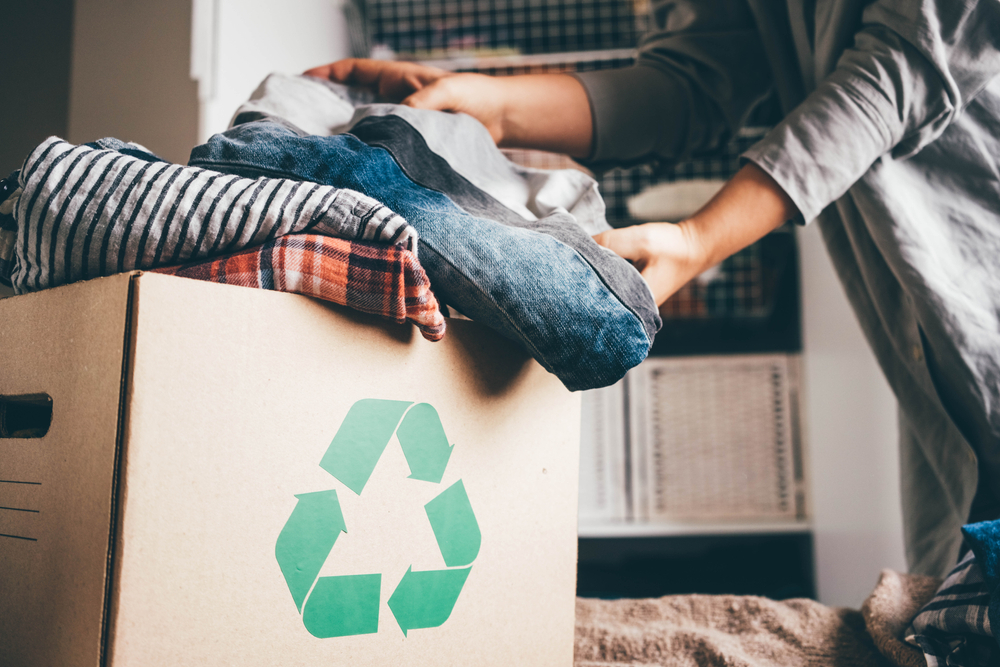
Introduction
The fashion and textile industry has a significant impact on the environment, and as consumer demand continues to grow, addressing its environmental consequences becomes more crucial. Recycling practices have emerged as a crucial solution to mitigate the environmental impact of fashion and textile production. This article explores the importance and relevance of recycling in this industry.
Historical Background
The fashion and textile industry has a long history, but it was not until recent decades that the environmental implications became apparent. The rise of fast fashion and mass production has led to increased resource consumption, waste generation, and pollution. Early efforts towards recycling in the industry marked the beginning of a shift towards more sustainable practices.
Key Concepts and Definitions
Recycling is a fundamental concept in the fashion and textile industry, involving the process of converting waste materials into new products and reducing the need for virgin resources. The circular economy concept aims to create a closed-loop system where materials are continuously reused, minimizing waste. Upcycling is another important practice that involves transforming waste materials into products of higher value or quality.
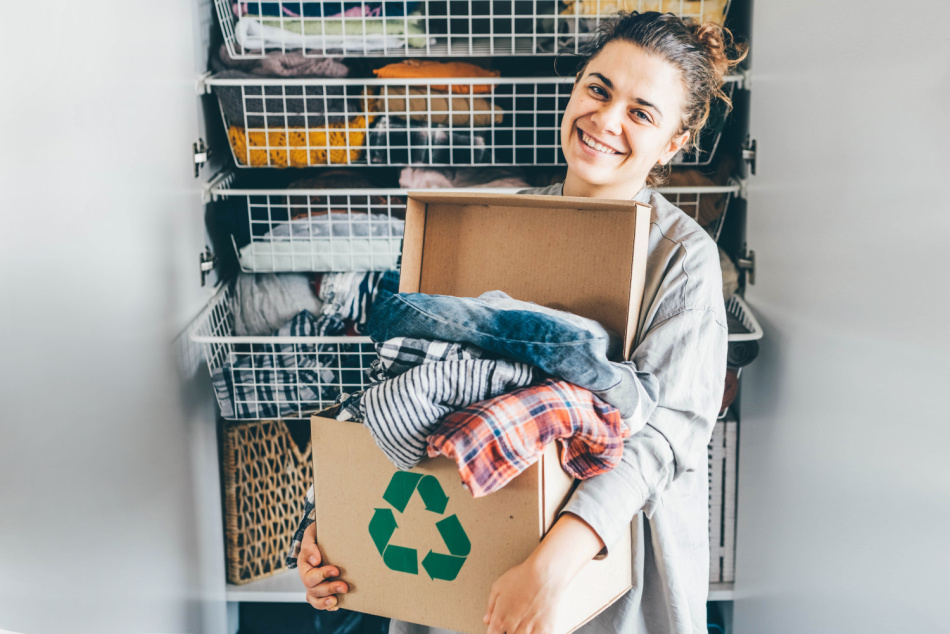
Main Discussion Points
Recycling technologies and processes in the fashion and textile industry have evolved significantly. Mechanical and chemical processes are commonly used in textile recycling, breaking down waste materials and transforming them into new fibers. Fiber-to-fiber and fiber-to-fabric recycling technologies enable the creation of new textiles from recycled materials, reducing reliance on virgin resources.
Recycling in the fashion and textile industry brings about various environmental and social benefits. It helps reduce waste and alleviate the burden on landfills. Moreover, recycling conserves resources such as water, energy, and raw materials, contributing to a more sustainable production process. Additionally, recycling initiatives create job opportunities and support the growth of a circular economy.
Case Studies or Examples
- Patagonia, an outdoor clothing brand, has implemented a successful recycling program. They encourage customers to return their worn-out garments, which are then recycled into new products. This initiative not only reduces waste but also promotes consumer engagement and awareness.
- H&M, a global fashion retailer, has established a garment collection initiative. Through their in-store collection bins, customers can donate their unwanted clothing, which is then sorted for recycling or donated to charitable organizations. This program aims to close the loop and create a more sustainable fashion industry.
- Eileen Fisher, a sustainable fashion brand, has implemented a take-back program for used garments. Customers can return their worn-out Eileen Fisher clothing, which is then either repaired, resold, or recycled. This program emphasizes the brand’s commitment to circularity and extends the lifespan of their products.
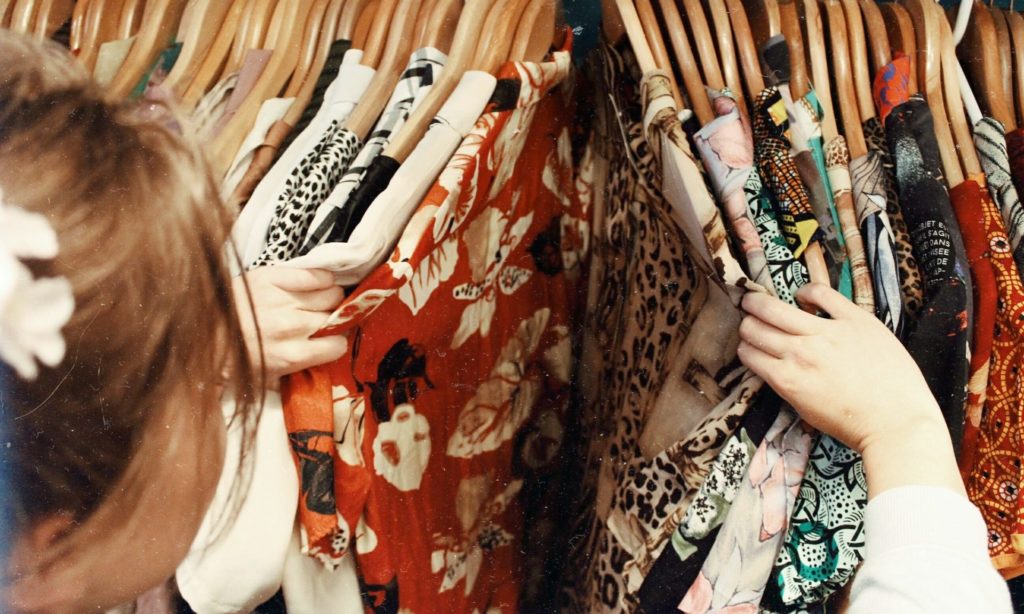
Current Trends or Developments
The fashion and textile industry is witnessing various trends and developments in sustainable practices. Sustainable and recyclable materials, such as organic cotton and recycled polyester, are being integrated into fashion and textile production. Technology, like blockchain, is used to track and verify recycled materials, ensuring transparency and accountability. Furthermore, rental and second-hand fashion platforms are gaining popularity, promoting the reuse and extended lifespan of clothing.
Challenges or Controversies
Despite progress in recycling practices, challenges and controversies persist. Collection and sorting challenges pose significant barriers to textile recycling. The diverse nature of textiles and the lack of standardized collection methods complicate the recycling process. Additionally, limited infrastructure and facilities hinder large-scale recycling efforts. Furthermore, the environmental impact of synthetic fiber recycling is still debated, as the process may release microplastics into the environment.
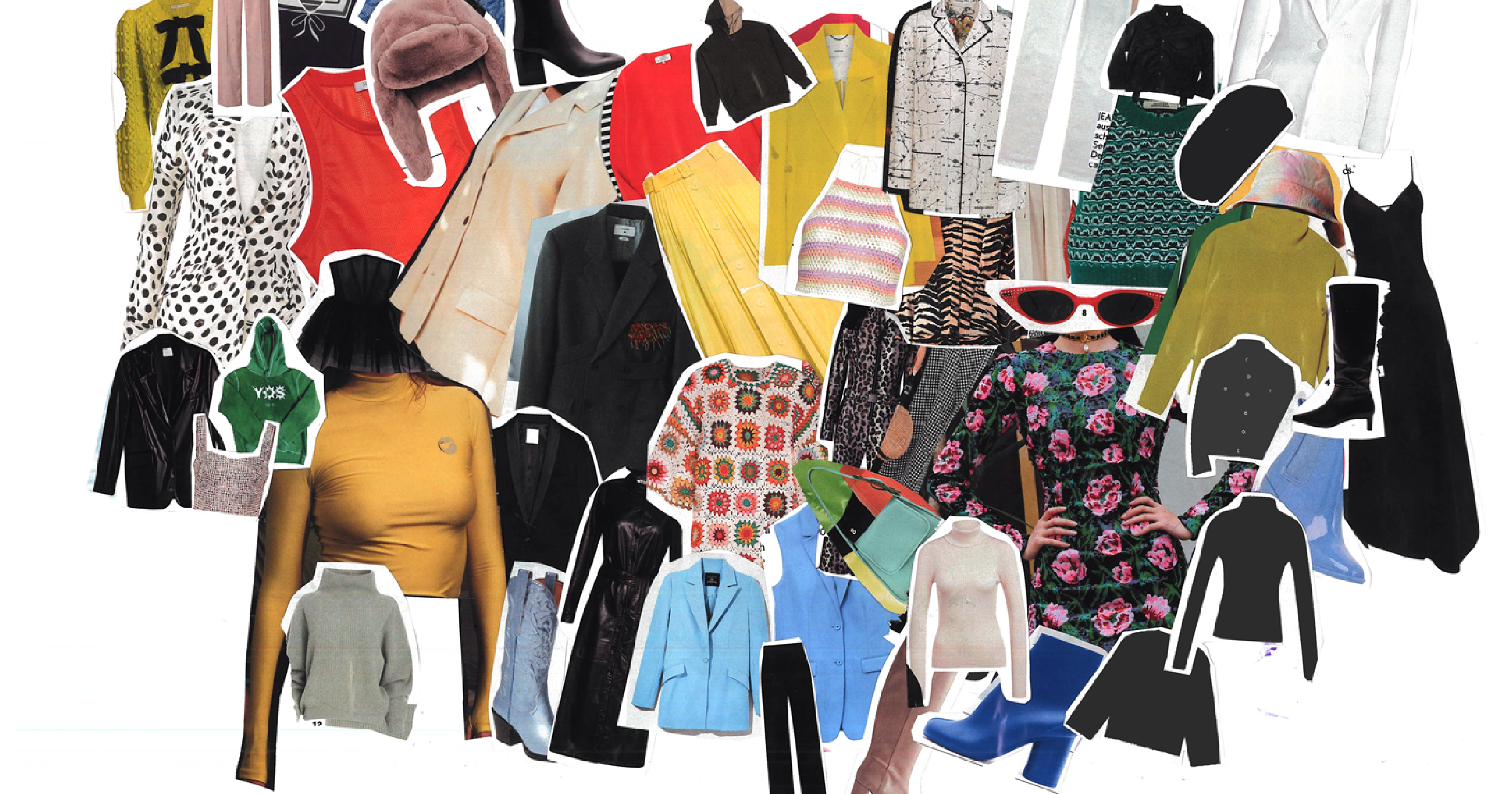
Future Outlook
The future of recycling in the fashion and textile industry holds immense potential for advancements. Continued research and development of recycling technologies and processes will contribute to more efficient and effective recycling practices. The industry is slowly shifting towards a more circular model, where waste is minimized, and resources are conserved. However, achieving a truly sustainable fashion and textile industry requires consumer education and behavior change to embrace recycling practices.
Conclusion
Recycling practices in the fashion and textile industry are paramount in creating a sustainable future. By implementing recycling technologies, reducing waste, and conserving resources, the industry can significantly reduce its environmental impact. Through case studies and examples, it is evident that recycling initiatives can be successful and contribute to a circular fashion and textile industry.
References
- Smith, J. (2020). Recycling in the fashion and textile industry: A review of current practices and challenges. Journal of Sustainable Fashion, 6(2), 123-140.
- Patagonia. (n.d.). Worn Wear. Retrieved from https://www.patagonia.com/worn-wear.html
- H&M. (n.d.). Garment Collecting. Retrieved from https://www2.hm.com/en_us/customer-service/garment-collecting.html
- Eileen Fisher. (n.d.). Renew: The Eileen Fisher Garment Take-Back Program. Retrieved from https://www.eileenfisher.com/renew.html


